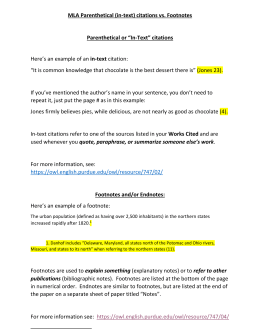
Like the various other academic formatting and styling guides, MLA guidelines have specific margins for adherence. Today, MLA is not only used in Literature and Language subject fields, and many others have adopted it also. This style of formatting was first used prevalently in the Languages, Arts, Cultural Studies, and Humanities disciplines. MLA formatting, developed by the Modern Language Association, is a uniformed way for researchers and academics to format, organize, and structure their writing and cite their resources. If you're writing according to the Modern Language Association style of formatting, this article takes you through what an MLA style research paper is and it's necessary formatting elements. This makes it important to be well-accustomed to and familiar with the style of formatting you should be writing in. Details about elements such as font size, line-spacing, page numbering, titling, font, headers, foot notes, endnotes, the contents page, bibliography and resources, and so on need to be given ample attention.


The need to be privy towards the list of formatting requirements that abide by professional research paper publication standards can be daunting. Together with producing sound and quality research, the detailed citation and formatting guidelines needs to be taken into consideration by academics and students as well whether its the The Chicago Manual of Style, American Psychology Association, or Modern Language Association guidelines for formatting. The effort and time that goes into putting a research paper together spans across multiple requirements that are needed.


 0 kommentar(er)
0 kommentar(er)
